NetRefer’s Cultural Traveller: Giovanna Takes Us to Chiang Mai’s Roads Less Travelled
Giovanna Busacca – our second Cultural Traveller – is an Accounts Receivable Officer at NetRefer, originally from Sicily. Giovanna is a real globetrotter. She spent time in London and Czech Republic. But this time, we sat down to talk about her adventures in the far East Asian land of Thailand to share the ins and outs of the country’s jewel in the north – Chiang Mai – her home for three years. The main driving force behind her move to the Far East were her punches and kicks, literally, because she’s an avid practitioner of Muay Thai – known in native Thai tongue as ‘Nak Muay’.
Giovanna covers all aspects, including food, beautiful scenery, culture and tradition, and more, for a highly energetic and no-holds-barred account on Chiang Mai. And once again, we are itching to get on the plane for a quick getaway to this far and wonderful land!
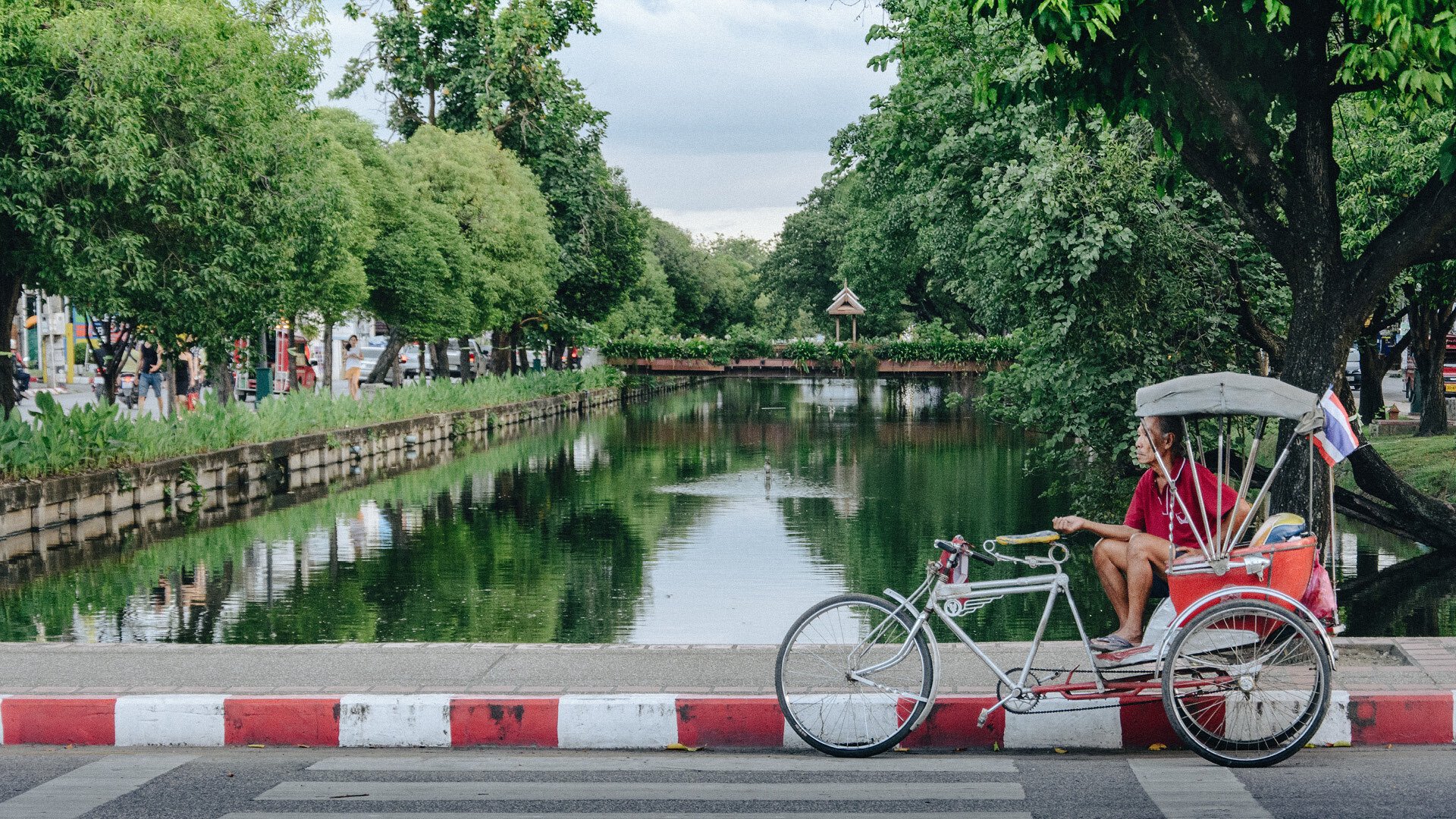
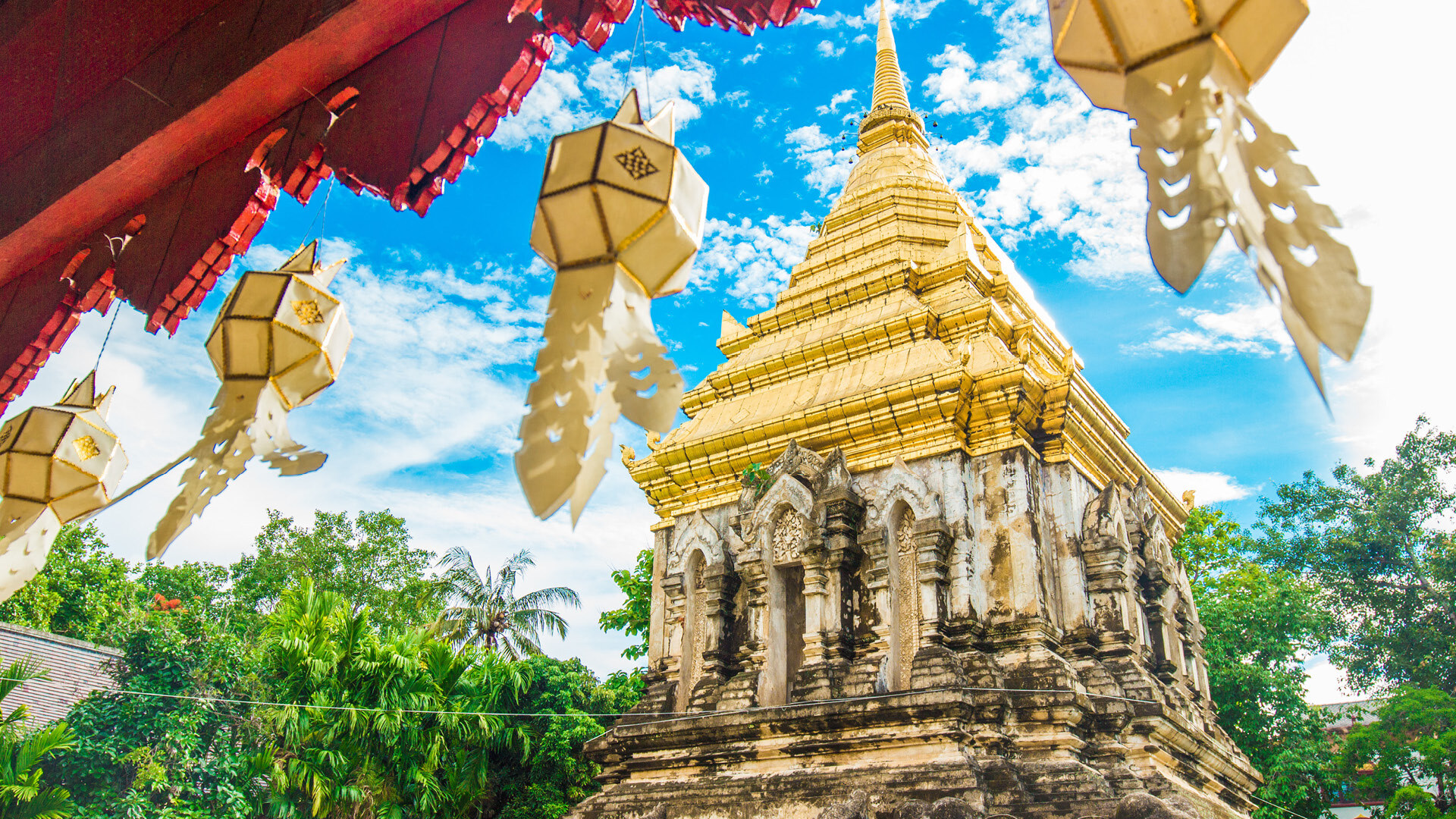
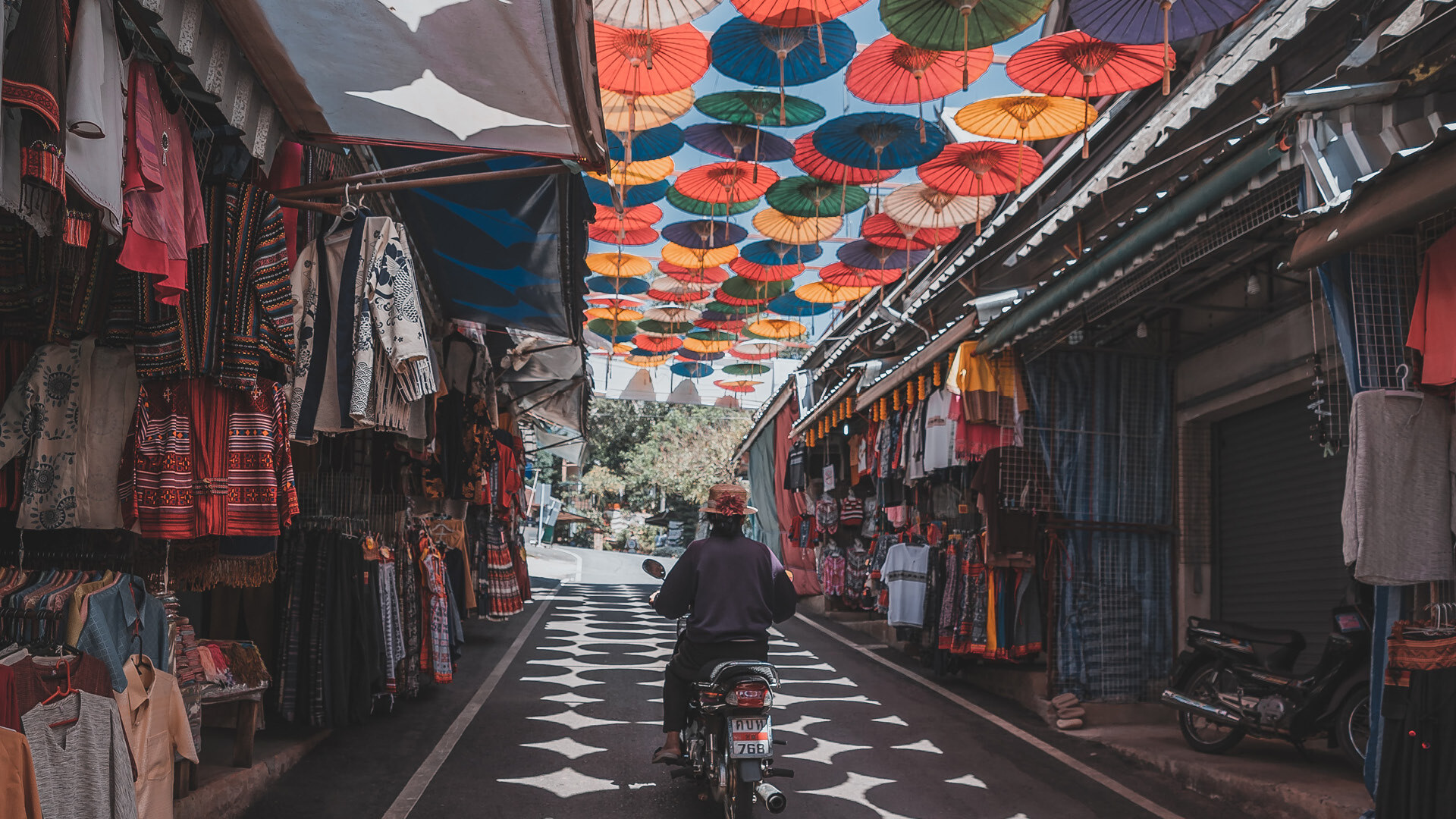
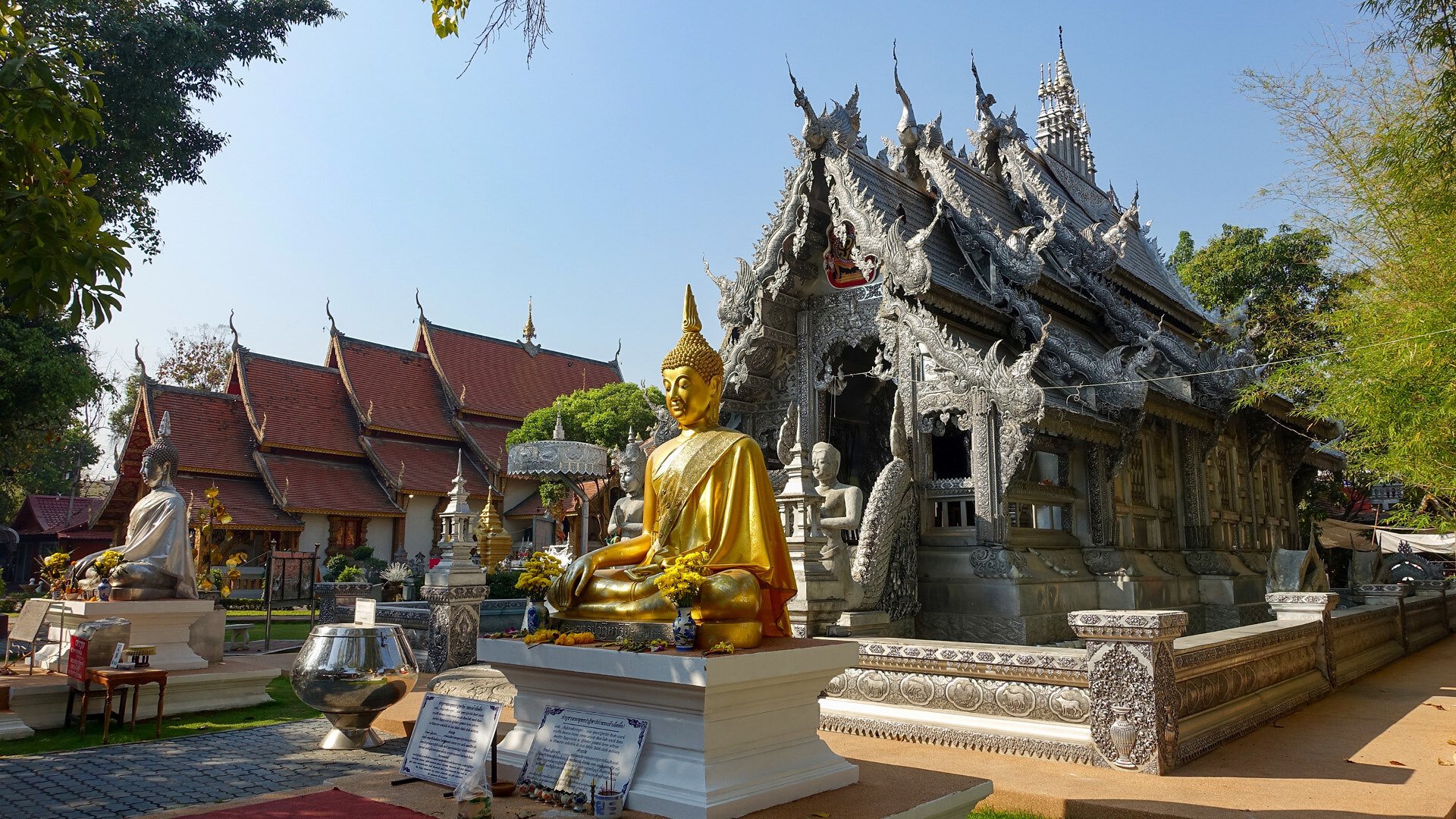
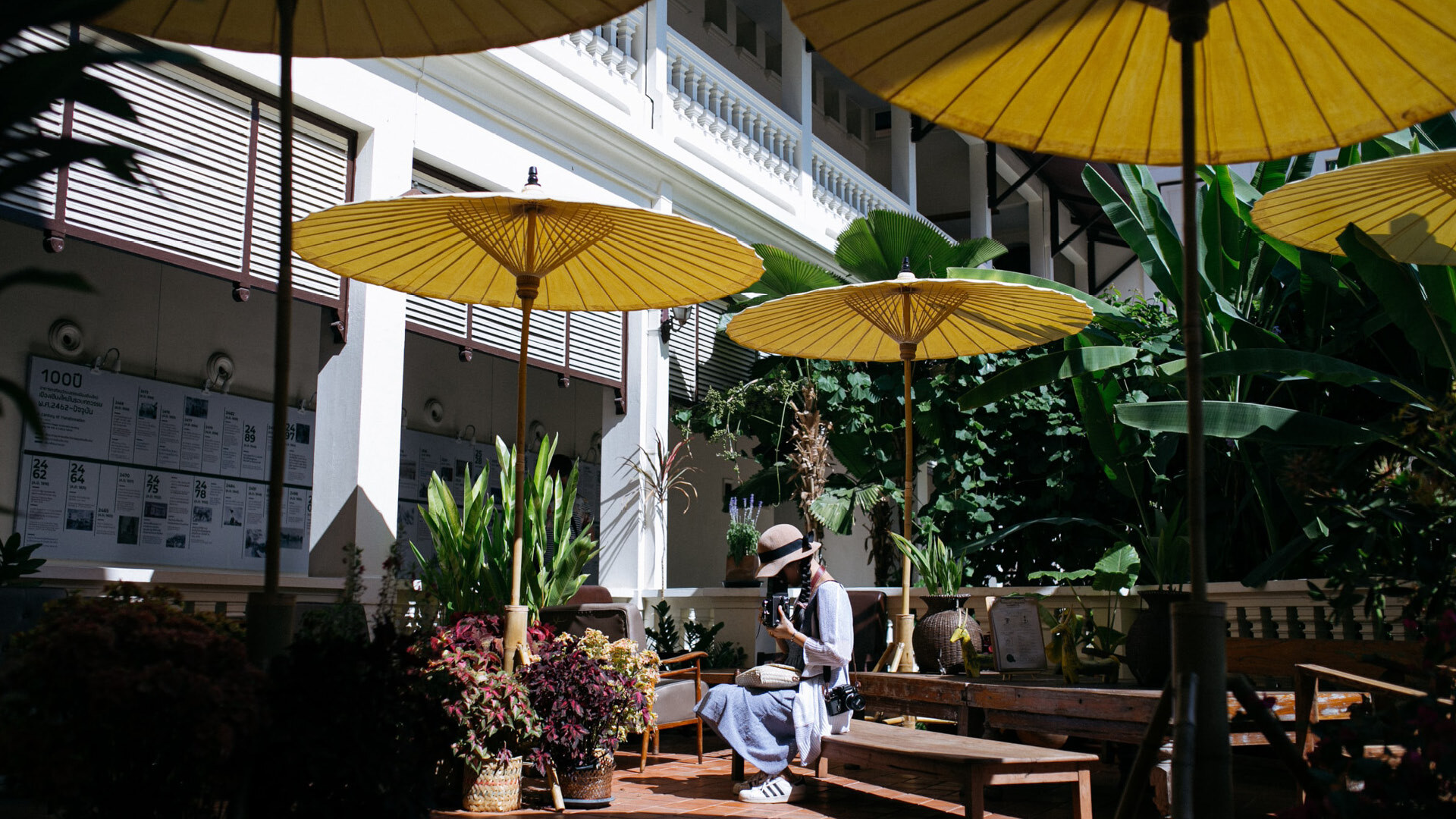
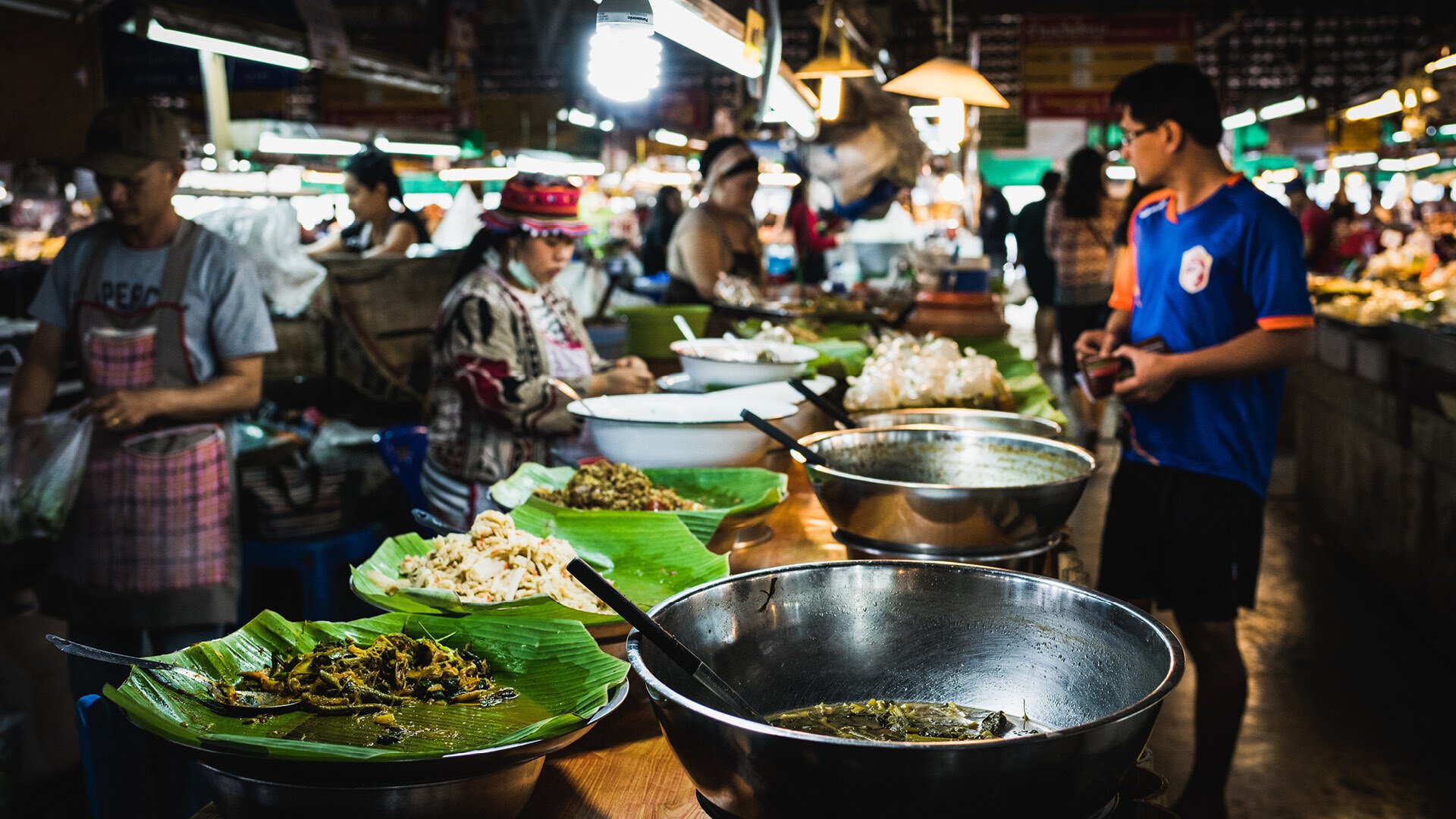
1. What makes Chiang Mai unique and what sets it apart from Bangkok?
Chiang Mai Chiang Mai is the most famous city in the North of Thailand, and the second biggest one in all of the country. It’s very distinct from its metropolitan counterpart – Bangkok – the biggest one. It’s a walled in city, and the only thing beyond the walls is wilderness. The city doesn’t have any elaborate infrastructure or large buildings. It feels more like a giant village than a city.
Instead, it’s very rich in culture and tradition. It’s still possible to encounter indigenous tribes there, such as the long-necked tribe (who extend their necks by using rings).
Due to its geographical location, almost on the border with other countries, the cultural influences of China, Laos and Burma can be felt.
2. What kind of traveller is Chiang Mai suitable for?
Whether you love trekking and exploring nature or you want to experience Thai culture and tradition in a raw state, Chiang Mai is a great destination. It has both in abundance.

3. What are staple historical sites any visitor should see in Chiang Mai? How about ones off the beaten track?
Two must-visit temples are Doi Suthep – known as the temple beyond the walls – and the Old City Temple. The first one is famous for having strong spiritual value. It also offers visitors a breath-taking view from its heights.
Apart from temples, visitors will want to add the Old Cities Inside the Walls to their destinations. Here, you can experience beautiful ancient constructions built according to religious and astrological principles.
One more place is Pai – the village in the mountains. This place has a wealth of hot springs, markets selling handcrafted goods, live music venues and even a hippie village!
4. If you were an outdoors/trekking type of person, where would you go?
When exploring the jungle, there’s a place located between Chiang Mai and Chiang Rai called Limeleaf. There’s a large, old house worth visiting, and close by, hiking trails and a beautiful lake.
The Grand Canyon connects two canyons and it offers beautiful natural sights such as waterfalls, lakes, etc.
But really, anywhere you go outside of Chiang Mai offers trekkers an abundance of paths and sights worth exploring.

5. If someone’s a foodie, any particular types of food or drink you’d recommend and spots to try them out? How about if you’re a sweet tooth?
Thailand is a gourmet heaven. One rule of thumb to keep in mind is that most food sold on the street (street vendors, markets, little restaurants, etc.) is better than what you usually get at hotels.
Some of the most famous delicacies include Kau Soi Soup, made from coconut cream, soya, chicken, lime, etc. This tends to be spicy.
Another famous dish is Pad Thai Noodles – The northern variation is usually served dry whereas the one in the south is typically prepared with a tomato sauce.
Their Wonton Soup is also something to die for.
Thai beer is also quite famous. Two of the most famous brands are Leo and Chang. One thing that’s particular about beer in Thailand is the way it’s served – with ice.
If you’re a sweet tooth, the choice is not as rich as with savoury food, but their sticky rice is a mild sweet staple food that is very easy to enjoy.
6. What are the best beaches to go for a swim?
There are no beaches in the area. There are waterfalls and rivers instead, which are truly panoramic and as good as any beach for a swim.

7. If you want to go on an art/cultural tour, what are some good spots to visit?
Apart from Doi Sutepp and other historical sites mentioned earlier, there’s a spot far up north called the Golden Triangle. This is close to the Mekong River, which is the border that separates Thailand from Laos and Burma. Apart from being famous for Muay Thai, it’s known in history for being the origin of opium trafficking. Soldiers used to exchange opium for weapons.
Apart from this, there are several museums to visit.
8. Is there a good public transport infrastructure? What is the best way to get around town?
There is no real public transport infrastructure to speak of. The best way to get around is by scooter. Make sure you get an international driver’s license before you go to Chiang Mai. There is a tendency for Thai police to pick on foreigners a lot and fines will quickly add up.

9. What are some customs/manners/Thai expressions one should know when visiting?
Some basic expressions and greeting to have handy include the following. Some of them take a ‘p’ at the end, which is the variation spoken by men:
- “Same same” (which means the same as in English)
- “Sawadikaa(p)” (Hello)
- “Savarika(p)” (Hello)
- “Savadi” (Hello)
- “Konpunka(p)” (Thank you)
When learning manners appropriate for your trip to Thailand, it’s good to keep in mind that Thailand has Buddhist religion deeply stitched into its social fabric. So, a lot of their manners and ethics are based on this.
Bowing is a very important part of their etiquette. The lower you bow, the more respect you show to the other person. People with high status, such as monks and teachers are the only ones exempted from the need to bow, even to the king!
Generally, Thai people don’t like loud people or people who are very flamboyant. This is why dressing skimpily or walking on the street bare-chested is considered a bad idea.
Thai people, like some other East Asian countries, express a strong sense of filial piety and social hierarchy. The oldest members in society or in the family are the ones who receive most respect.
It’s useful to know beforehand that people of a high social standing don’t mix with foreigners. You can usually recognise them – especially their women – because of the efforts they make to preserve a very white skin by using creams and avoiding the glaring sun.
10. What are the best seasons to visit Chiang Mai? And does it change a lot from one season to another?
The best time to be there is between October and May. The climate is generally very consistent and pleasant. On the other hand, it’s best to avoid the rainy season that lasts between July and September – Thailand is a monsoon.

11. Is it acceptable to haggle or is it considered rude?
Generally, it’s acceptable to haggle, and in some cases, somewhat expected. There are some shops which are known to have a different price list for foreigners, even if this is nowhere as common as in Bangkok. In such instances, you can haggle.
Some tuk tuk rides will take you to jewellery stores with prices marked up as much as three times the real price. If you end up in such places and you still want to do shopping, haggle.
12. What kind of nightlife can visitors enjoy? Any locales you’d recommend for that?
Chiang Mai is not the most popular destination for night revellers. While there is a block where most bars are gathered together that opens at around 6pm, there’s really not much more.

13. What activities do you recommend for people travelling with kids?
Elephant rides and some other excursions or tours, but the first one may raise a question of ethics for some people.
14. How easy is it to make friends with the locals?
The truth is that Thai people can be very polite and welcoming. But it’s difficult, bordering on impossible, to make real friends as a foreigner in Thailand. The country has a very exclusionary attitude towards foreigners as some other East Asian countries do. The brutal truth is that if you’re seen as rich (which by Western European standards would mean having a financially average status), you’ll have some benefits and you can get around.

15. Where can tourists go for shopping? And what kind of things can they shop for?
Chiang Mai is one of the best destinations for shopping as it has two of the biggest markets in all of Thailand. One is held specifically on Sunday, while the other is held during the week. The variety of items on sale – clothes, jewellery, interior design items, furniture, etc. – is mesmerising.
16. How safe is Chiang Mai? And are there any specific areas to look for hotels and ones to avoid?
Chiang Mai is very safe. As mentioned earlier, Buddhist ethics influence most social interactions and the locals’ behaviour. They firmly believe that their actions translate to karma, so they rarely ever commit crimes. Most of the ones to commit crimes there are actually foreigners.

17. What are some less mainstream souvenirs travellers should look for?
Tiger balm, which does miracles in terms of relieving pain. Similarly, there’s something called Muay Thai cream that relieves inflammation. Apart from that, just about anything you can find that is handcrafted is unique.
18. What would you recommend to tourists who want to take boat rides/tours around the city?
A boat ride on the Mekong River is a must. You can cross the river and go all the way to Laos, while enjoying a variety of gorgeous sights along the way. These include Buddhist monks praying or performing other daily activities, women collecting rice in their paddies, among other ones. The waters are also gorgeous. It’s all very picturesque.

19. What extreme sports can you try in Chiang Mai?
The national sports are Muay Thai and Muay Boran. Both are combat sports known worldwide. Muay Boran is the more traditional and rawer version of Muay Thai, that uses less protective equipment, more flamboyant moves and both hand-to-hand and weapons.
There are several gyms scattered throughout Thailand, and in the case of Chiang Mai, The Golden Triangle is particularly known for having a cluster of gyms.
Many foreigners – like myself – travel to Chiang Mai to spend time living at gyms and training.
20. If you’re a Muay Thai fan, what’s the best time of the year to be there to catch pro Muay Thai matches and where?
Being the national and most popular sport, you can catch pro matches all year round. The most famous stadiums in Chiang Mai are Chiang Mai Stadium and Thapae Stadium. Although, the one most well-known nation-wide is Lumpini Stadium in Bangkok.

21. What are some festivals or concerts to look out for? How about local feasts?
The most well-known three festivals are the Flower Festival, Songkran and Loy Krathong.
During the Flower Festival, many Buddhist statues and other public spots are covered in flowers of all sorts, making for some gorgeous scenes.
Songkran is New Year’s celebration held in April. This festival is one week long. People take to the streets and douse each other with water. It’s all like a fun long game and everyone becomes a child again. The streets are generally so densely crowded with people showering each other that it’s just about impossible not to get wet. If you’re going somewhere important such as to the office, you’re advised to carry dry clothes and a rain coat.
The last festival is Loy Krathong – a Buddhist one held in November. This is equally spectacular. During the festival, people make wishes and place candles in floats on the river or paper balloons that rise up in the air.
Join the colourful, diverse team that is NetRefer. Meet other Cultural Travellers, share your experiences and make many more memorable ones. You belong here!
